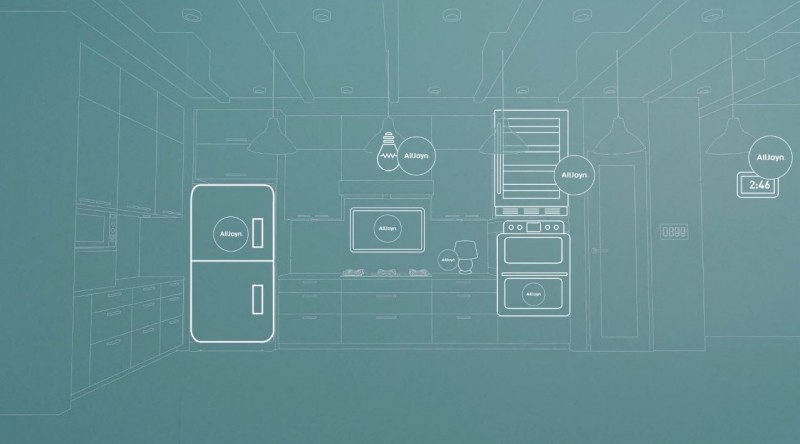Sometimes the signs of change are more obvious than others.
When a spokesperson for the Linux Foundation calls to talk about an open source contribution from Microsoft into the Qualcomm-driven AllSeen Alliance that's about bridging older industrial automation standards into the sexy new world of IOT, you know something must be happening.
And so it is.
This week, these interesting bedfellows are announcing the release of the AllJoyn Device System Bridge (DSB), a Microsoft-created open source addition to AllJoyn that incorporates an overall framework for bridging specialized and/or proprietary protocols into AllJoyn, and specifically includes two example "bridges." One is designed to communicate with older building automation systems using BACnet, and the other is for connecting to existing ZWave-based smart lighting and other home automation products. This work extends Microsoft's previously announced intention to build AllJoyn support into Windows 10.
As I've written about in the past (here and here), it's a lot easier to talk in theory about making everything connect to everything than it is to actually do it. Then again, there is the question of whether or not that ought to be the right goal. The truth is, to make IOT really start to happen, all we need is to get enough of the right things to talk to enough of the other right things (albeit, in a secure manner). So, I'm encouraged by efforts that---in theory, at least---look to make it possible to try and connect more devices together.
Within the enterprise world---where I continue to believe there's a significantly larger real money opportunity for IOT---there are hundreds of different verticals that have essentially been engaging in IOT-like applications for some time. In the past, this was called embedded computing or industrial computing or command-and-control systems or a whole host of other unsexy-sounding names. But now, they've been sprinkled with the pixie dust of IOT and, suddenly, they're a hot, cool topic.
The problem is that, because they tended to be industry or solution-specific, most people didn't worry about whether one type of system could talk to another. Now, however, there's interest in making that happen---partially because of the fact that analytics tools are becoming available that might be able to convert the output from some of these systems into actionable information (though it's not always the case). So, again, developments that can help bridge these different worlds could prove to be very beneficial.
The optimist in me hopes that developments like AllJoyn DSB can help overcome the technical and political challenges of IOT, but the realist in me thinks that's probably too idealistic.
In the smart home and consumer world, the challenge of interconnecting across different companies' products and standards also exists, but it takes a slightly different form. Frankly, the challenges for the consumer IOT market are tougher, in that any solution has to be made incredibly easy. For commercial applications, you can count on experienced programmers to help make the various devices work together, whereas that's obviously unacceptable in the consumer market.
Speaking of programmers, in case you were wondering the motivation behind Microsoft's effort, it turns out this DSB extension for AllJoyn will enable Microsoft's faithful Visual Studio customers to extend their skill sets beyond Windows applications into building apps for the red-hot world of IOT. Smart.
The optimist in me hopes that developments like AllJoyn DSB can help overcome not only the technical challenges of interconnecting the currently separated islands of IOT activity, but also some of the many political challenges from intra-industry battles that have kept IOT from moving forward at a faster pace. The realist in me thinks that's probably too idealistic. Nevertheless, the creation of physical and "metaphysical" bridges across the IOT archipelago has got to be seen as movement in the right direction.
Bob O'Donnell is the founder and chief analyst of TECHnalysis Research, LLC a technology consulting and market research firm. You can follow him on Twitter @bobodtech. This article was originally published on Tech.pinions.
